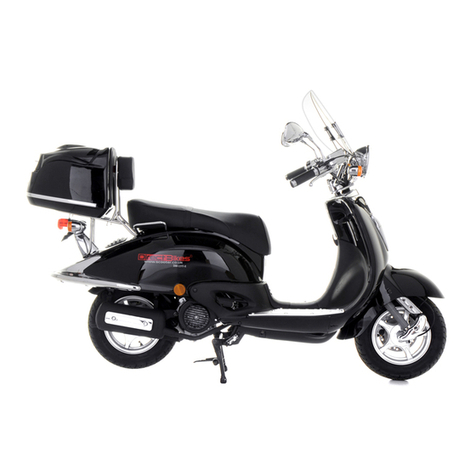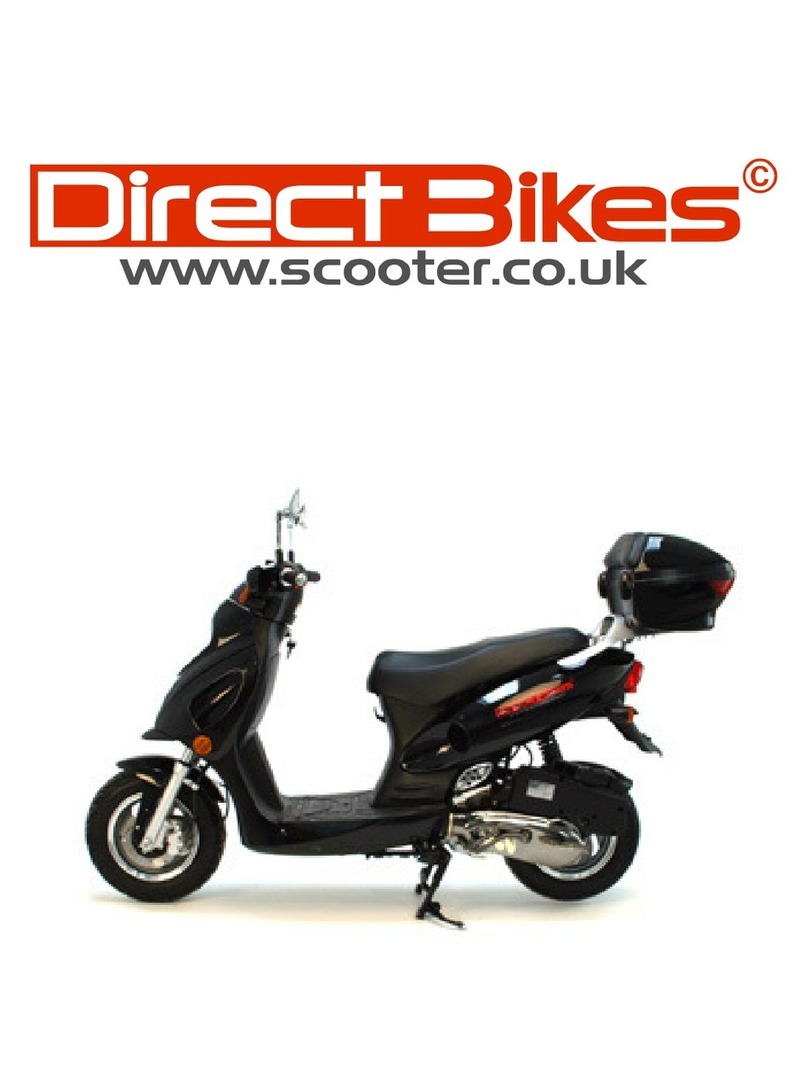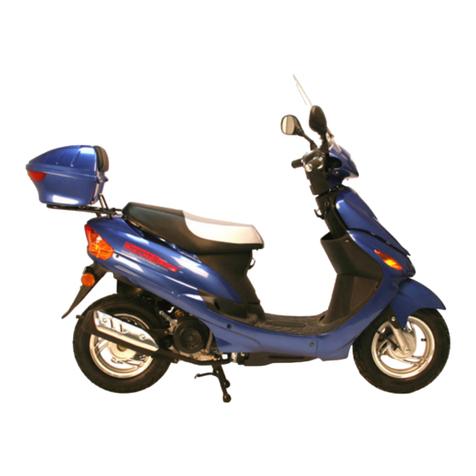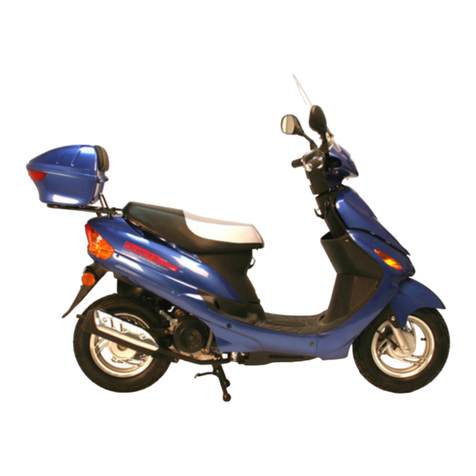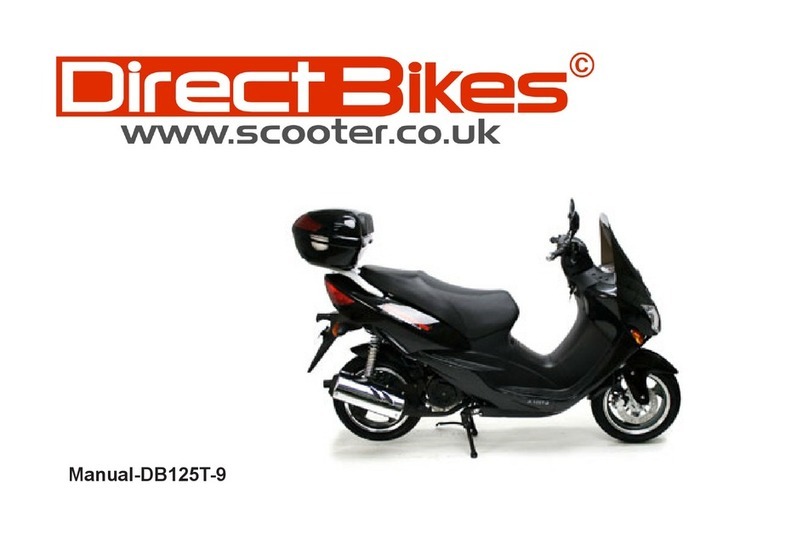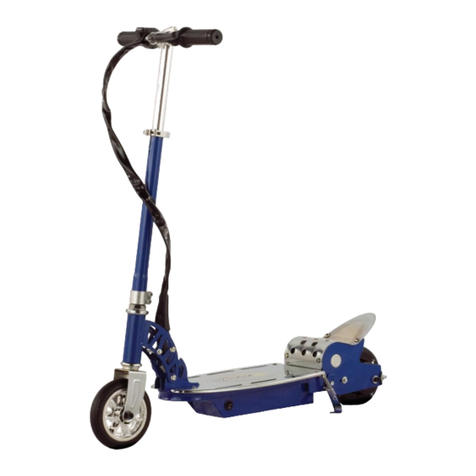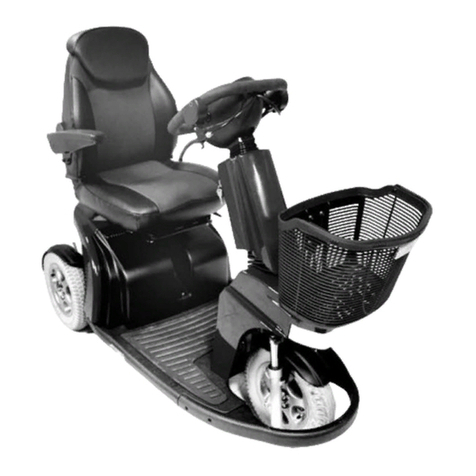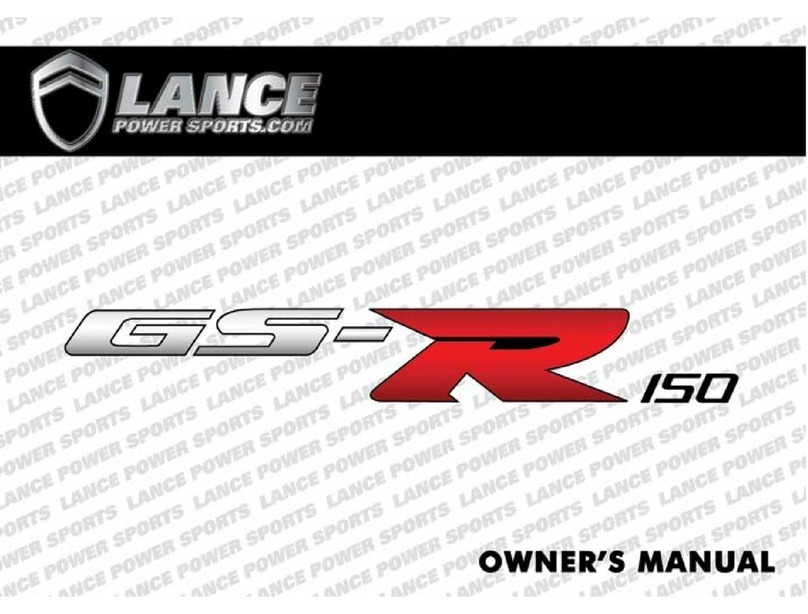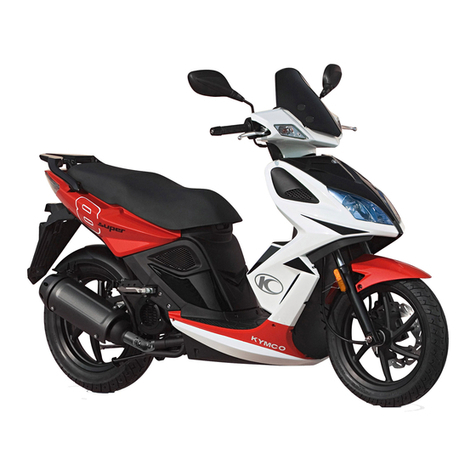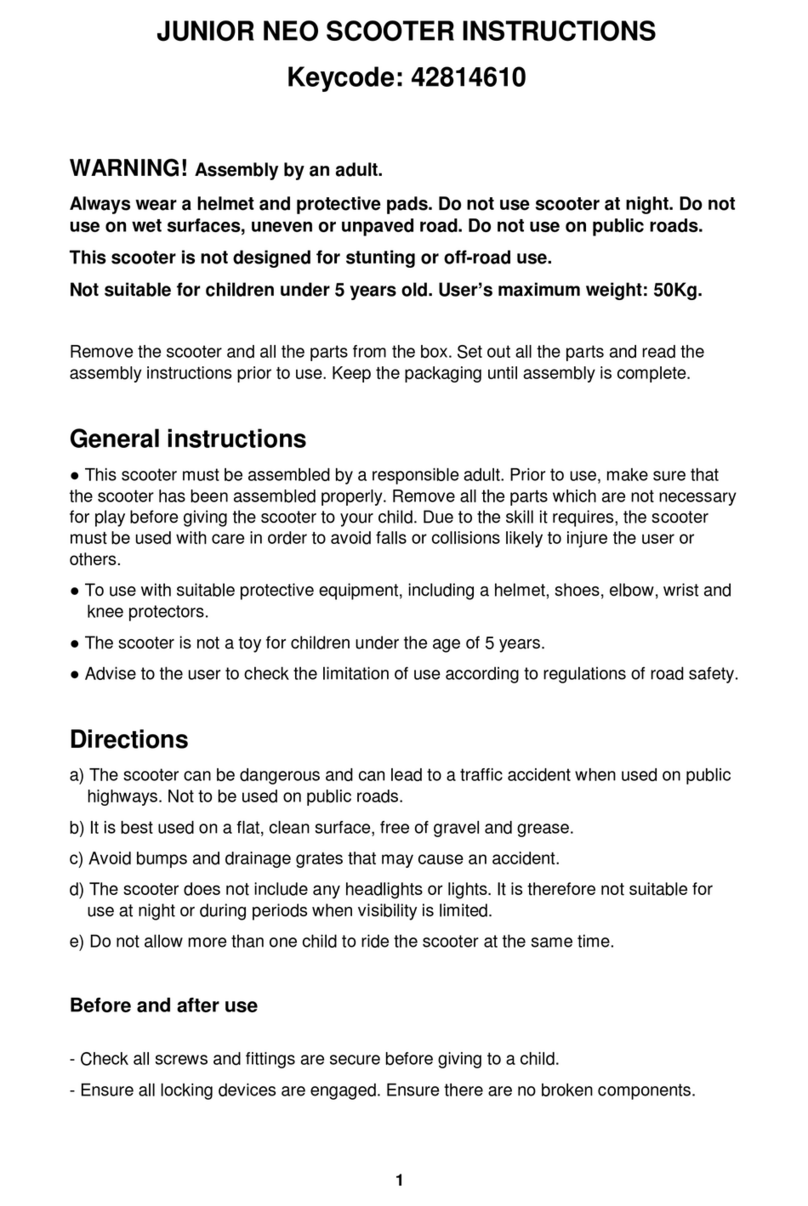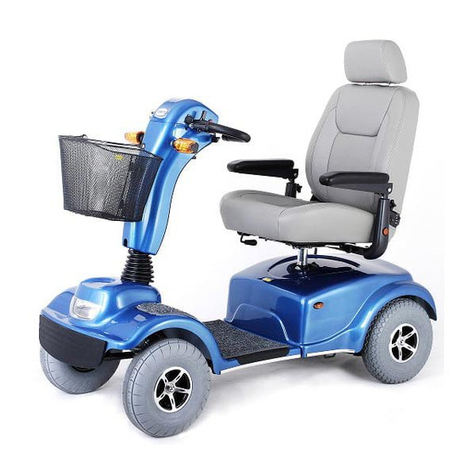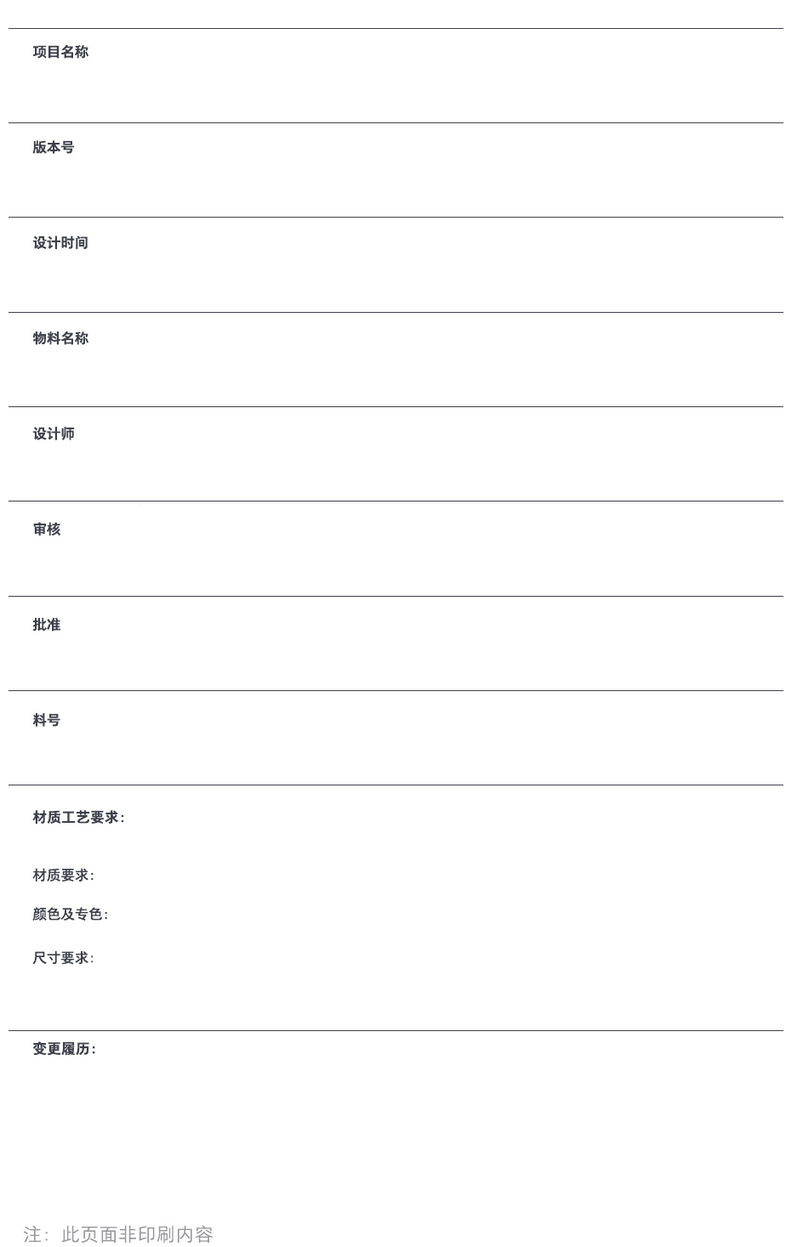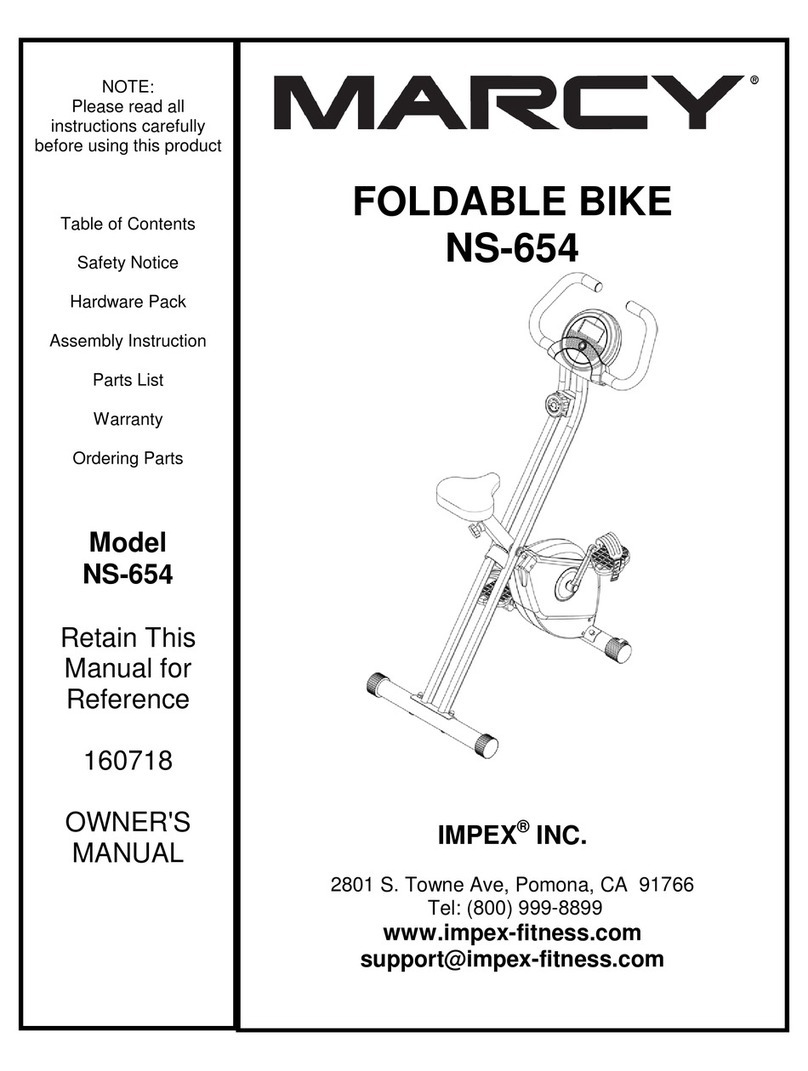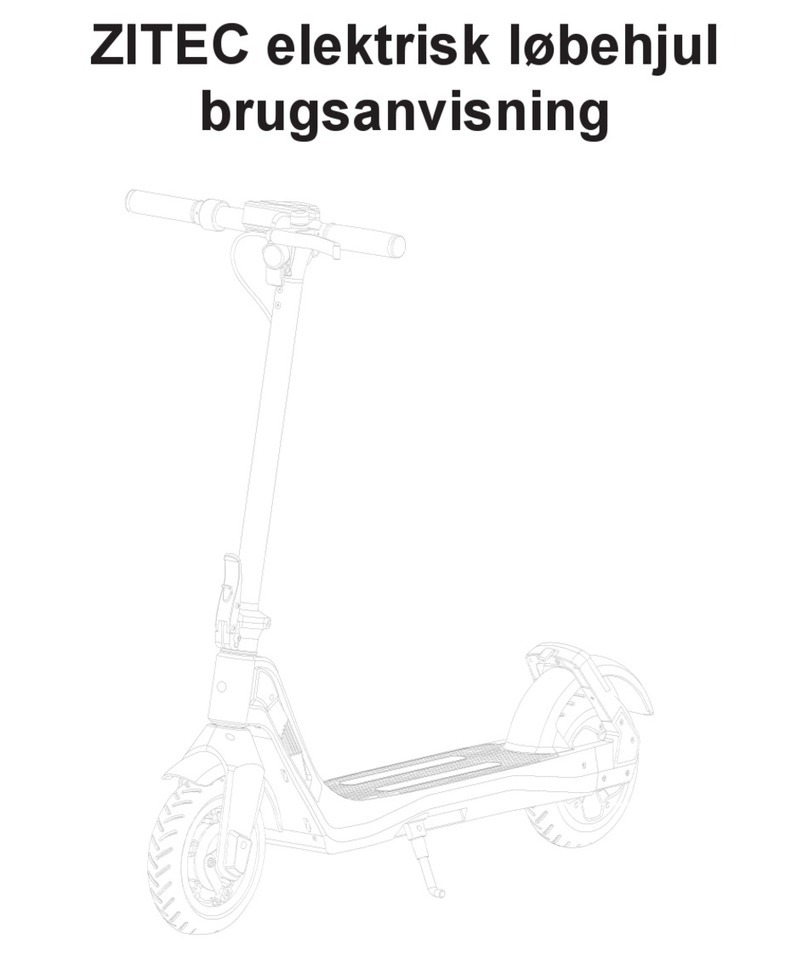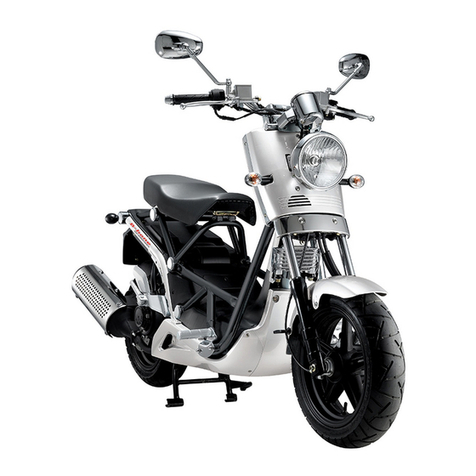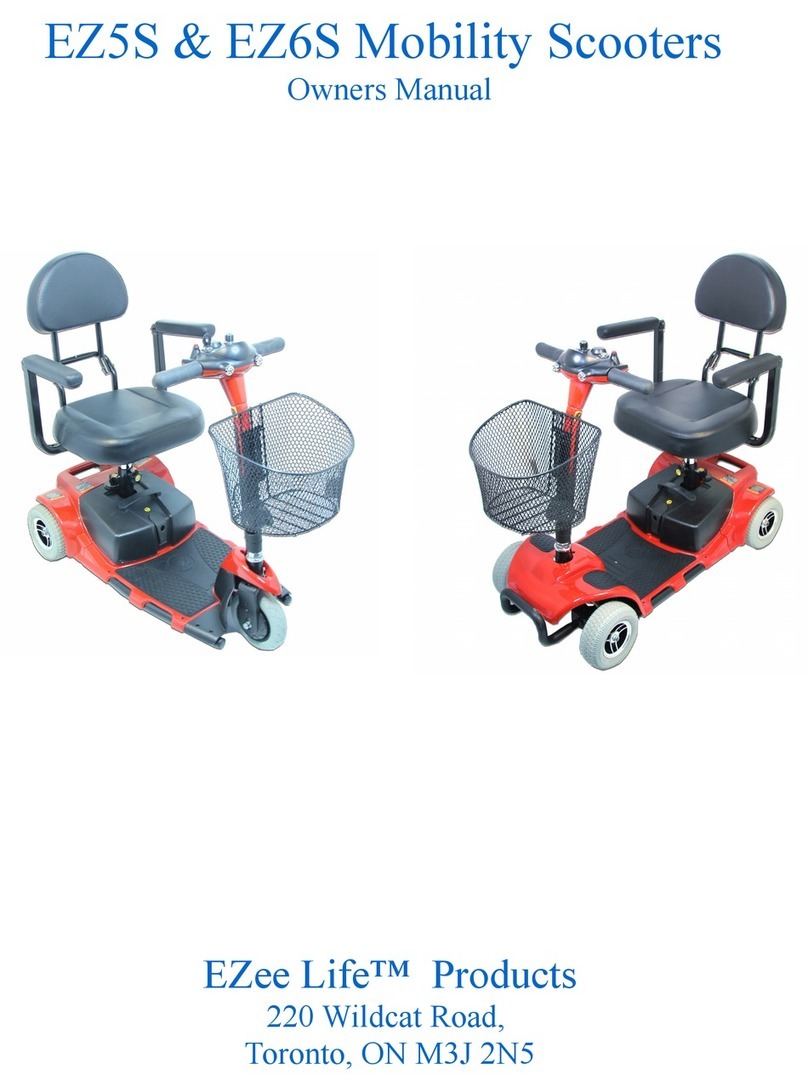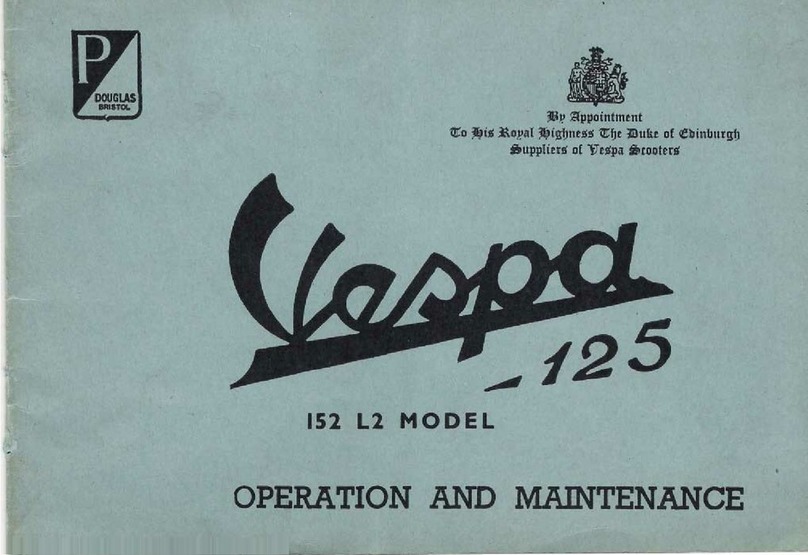DirectBikes DB50QT-A User manual

Manual-DB50QT-A

1
Dear Customer:
Thank you for purchasing the Direct Bikes DB50QT-A scooter.
The Direct Bikes DB50QT-A scooter is manufactured using some of the most
advanced production techniques in the world. The scooter features high
performance, economic fuel consumption and low noise levels. This manual
provides detailed information about the correct operation, maintenance and
adjustment of your DB50QT-A scooter. Please read this manual carefully to
ensure safety and maximum ease of use.

2
Important Notice:
• Driver and passenger
This vehicle is designed to carry only one driver and one passenger. The
driver is required to have the appropriate licence for these requirements.
Do not exceed the rated load capacity specied on the specication label.
• Road condition
This vehicle is designed to travel on at roads. Do not ride this vehicle in
freezing or hazardous conditions.
• Modications
This vehicle should not be modied.
CAUTION:
Personal injury or mechanical damage may result if you fail to operate
as instructed in the manual.

3
Location of Component parts
(1) Back-view mirror (2) Headlight (3) Front turn signal light
(4) Mufer (5) Taillight (6) Seat

4
Meter Panel and Indicators
All the controls for the indicators and warning lights are located on the meter
panel.
(1) Speedometer
(2) Mileometer
(3) High beam indicator
(4) Turn right signal light
(5) Turn left signal light
(6) Fuel meter
Fuel gauge
The fuel gauge indicates the approximate amount of fuel remaining in the fuel
tank. When the needle pointer stays in the F(full) position, it means the total
capacity of the fuel tank is now 6.0 litres (including reserve fuel). When the
needle pointer approaches the rst dot on the red mark, it means that the fuel
tank must be relled immediately.

5
Identication
The VIN or chassis number is located on the frame of the scooter and is
either under the seat or under the clip in cover in the front of the foot well.
The engine number is located on the left side on the bottom of engine.
NOTE:
You should regard this manual as a permanent component part of your
vehicle, it is essential for the continued operation and safety of your
scooter to perform periodic servicing by an approved dealer. This is
required under your warranty.

6
Fitting the accessories
Mirrors
The mirrors come ‘handed’, i.e. a left and right one. They screw into either the left
and right switch gear or into the front and back brake lever assemblies.
There is a lock nut on the threaded part of the mirror to ensure the mirror does not
come loose. Wind this lock nut up as far as it will go and carefully screw the mirror
into the mount.
It is important you do not ‘cross thread’ the mirror as it will damage the mount. When
the mirror is in as far as it will go sit on the motorcycle and make sure you can see
behind you. Once done move the lock nut down and tighten being careful not to
over tighten. Finish by sliding the rubber boot down over the lock nut.

Top box
7
Check the accessories.
Put the plastic bottom-board centrally
on the rear bracket, notice the four
holes highlighted in photo with white
circles.
2.
1.

Put the top box centrally on the
plastic bottom-board, notice the four
holes inside the top box highlighted in
photo with white circles.
With these four holes (highlighted in
white circles in gure 3) insert the 4
bolts and 4 washers.
8
3.
4.

Insert the bolts through the four aligned
holes in the bottom-board (highlighted
in white circles in gure 2). Hold the
long slotted bars under the rack with
the edges of the bars facing upwards.
Put the bolts through the holes of the
slotted bars.
Attach nuts to the bolts nearest the tail
of the scooter. With the further bolts
attach the rubber buffers in between the
slotted bars and bottom-board.
9
5.
6.

10
Attach nuts and tighten up all bolts.
This process is completed on both
sides of the top boxes so both slotted
bars are attached and secure.
8.
7.

11
Tighten the 4 bolts with a screwdriver
and wrench.
Put the foam pad inside the top box.
Please note: A maximum weight of 10 kilos is recommended. The weight may also
alter the handling of the scooter.
9.
10.

12
Fitting the battery
Make sure the scooter ignition is in the off position. Put the battery in the
compartment.
Fit the 2 red leads (sometimes one or both of these leads are covered by a
protective black sleeve, if you lower the sleeves you will see the red leads) to the +
side (also marked red on the terminal.) using the screw provided.
The black lead is then tted with the crew provided to the - negative side.
If the battery needs to be charged you may use a car battery charger or take it to
your local approved dealer for a boost.

13
Guide to Operation
Ignition Switch
(1) position Turn the switch this position
to start the engine; the switch key can not
be pulled out in this position.
(2) position Turn the switch to this position
to shut down the engine; the switch key can
be pulled out in this position.
(3) position Turn the switch all the way to the left, push it down and turn
to the position; the key can be pulled out. In this case, the vehicle can
not be steered and the engine as well as the lighting system will not work.

14
NOTE:
In hot weather, leaving the engine idling for a long time will cause it
to overheat. You should shut it down to let it get cool.
Headlight beam switch (1)
Push the “ ” buttom for high beam and the
“ ” button for the low beam.
Turn signal light switch (2)
Set this switch the “ ” position to indicate a left turn and to the “ ”
position to indicate a right turn and push it down to turn off the signal lights.
Horn button (3)
Push this button to make blaring sound from the horn.

15
Start button (4)
When this button is pushed, the starting
motor works to start the engine. See the
part “Starting the Engine” for the starting
procedure.
Headlight switch (5)
“ ” Position: When the switch is set to this position, the headlight,
taillight, position light and meter light all go on.
“ ” Position: When this switch is set to this position, the position light,
taillight and meter light go on.
OFF Position: When the switch is set to this position (in gray dot mark),
the headlight, taillight and meter light go off.

16
Important Checks
The scooter is nearly ready to go, but before
you put any petrol or oil into the scooter, there
are a few nal things that need checking.
These checks should be carried out routinely
to insure good performance and safe operation.
Checking the oil
The engine oil dipstick and cap are combined and is located on the right side of the
engine. With the bike on its centre stand and on level ground remove the dipstick
and clean it. Re-insert it and remove it again. The oil level should be visible on the
hatched marking between the lower and upper level. Add or remove as appropriate.
Using the recommended type of oil
SAE 10W-40 for 4-stroke engines.

17
Brakes
Checking the front brake
Check the brake for normal
performance and adjust it’s
free play. The free play refers
to the distance for which the
front brake lever travels freely
to achieve the braking effect.
Required free play : 5 to 10 mm. This must be checked with steering at left, right
and centre.
Checking the back brake
Measure the traveling distance of the rear brake lever before the brake begins to
create the braking effect, which should be within 10 to 20 mm from the top end of the
brake lever. This must be checked with the steering at left, right and centre.
Maintaining the brakes
Replace the brake shoe and lining when it is found worn down to the limit at your
nearest approved dealer.

18
Checking the tyre pressure
The tyre pressure is 1.75 bar for the front tyre and 2.0 bar for the rear.
If you are carrying passengers or luggage please increase the rear tyre to 2.25 bar.
If you are a light person or heavy person these pressures may need adjusting to
compensate.
Check the tyre surface that there are no cuts, nails or sharp objects and that the
wheel rim has no impressions, dents or deformations.
WARNING:
If the tyre is not inated to the specied pressure, it will wear out soon and give rise
to accidents. Too low a tyre pressure will cause the tyre to slip or come off the wheel
rim. It is dangerous to use ssured or worn tyres as this will weaken the adherence
of the tyre to the road surface and make operation difcult. Replace the tyre if the
depth of the tread in the middle of the tyre falls within the following range.

19
Suspension
The suspension should be nice and free and should return to its normal position
when bounced up and down. There should be no leaks.
Fuel / Vacuum Pipes
Please check that all fuel / vacuum pipes are connected and that there are no loose
pipes. If you have any questions regarding this please contact Direct Bikes for
assistance Tel: 0845 652 0680
Table of contents
Other DirectBikes Scooter manuals
